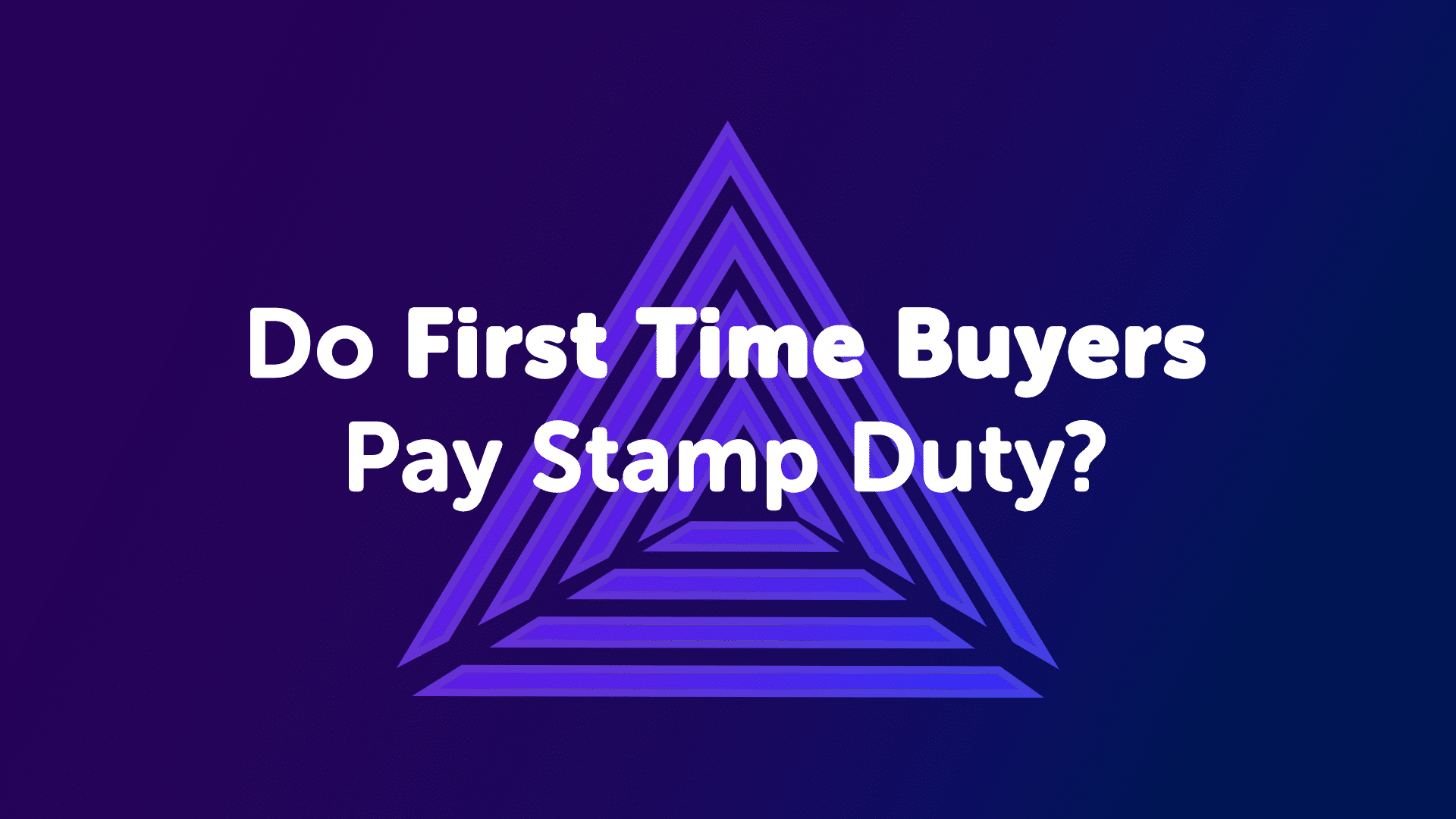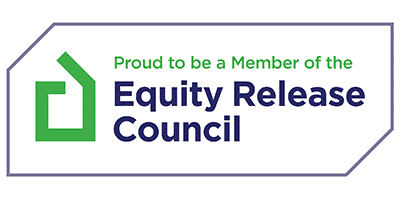The Credit Crunch Explained in Derby
In the beginning
Firstly, we need to look back at the years that lead up to the 2007/08 “Credit Crunch”. In the 1970s and ’80s, if a first time buyer in Derby took out a mortgage, it was likely through a building society. Surprisingly, banks didn’t always do mortgages!
The process to know if you could qualify for a mortgage involved making an appointment with the building society manager. Customers would take out savings accounts with them, and this money would go towards the building society to lend to other customers. In order to make a profit, interest rates were higher when dealing with borrowers compared to savers.
When it came to the banks going into mortgage lending, they moved away from the older model. Alternatively, they would look at the markets to ‘buy’ the money. This would accelerate the rate at which they could lend to customers.
Mortgages in The 2000s
Skip to the mid-2000s, and the market was full of new specialist lenders, with many originating from North America. Their method allowed them to raise their new money and lend again by selling their book of mortgage customers.
This was dubbed Securitisation. These books were bought by investors and were typically from larger institutions such as pension funds and high street banks.
Due to the market making a large amount of money, the new lender’s created lending criteria that was more relaxed. A poor credit score or wanting to self-certify was no problem, or so they thought.
Problems arise
As mortgages began to default, major banks lost their confidence in each other. This was because they were uncertain of how exposed they were in the quick unraveling sub-prime mortgage market.
The banks’ share prices dropped. The UK Government (or more specifically, the taxpayer) bailed out some banks to stop them from going bust, however, many failed to continue.
Almost 80 different banks, building societies, and lenders, across around 20 different countries, filed for bankruptcy or were acquired. This was named “The Great Recession”.
Due to this, lending quickly dried up. Everyone lost confidence in the UK economy and property prices significantly dropped. The market took almost a decade to safely recover.
Economy recovery
Investigations were undertaken to look into where it all went wrong, as nobody, especially the UK government, wanted it to happen again. This led to the creation of the “Mortgage Market Review of 2014”.
By this time, self-cert mortgages were banned, but the biggest change was the lender’s responsibility to ensure mortgages were affordable.
Lending criteria tightened as lenders were required to look more into customer’s incomes and outgoings. Credit commitments, childcare, and other outgoings were taken into account so lenders could have confidence that customers could consistently afford their mortgage repayments.
These days it’s a lot harder to get a mortgage. Customers are expected to be a lot more organised with paperwork to prove their finances are taken seriously.
Mistakes were made in the time running up to Credit Crunch, but we hope that the industry learned a lesson from this event and continues to minimise the chance of this ever happening again.
Date Last Edited: December 6, 2023












